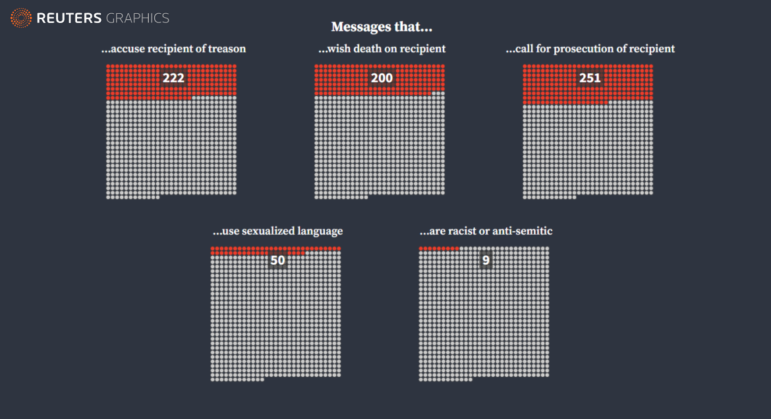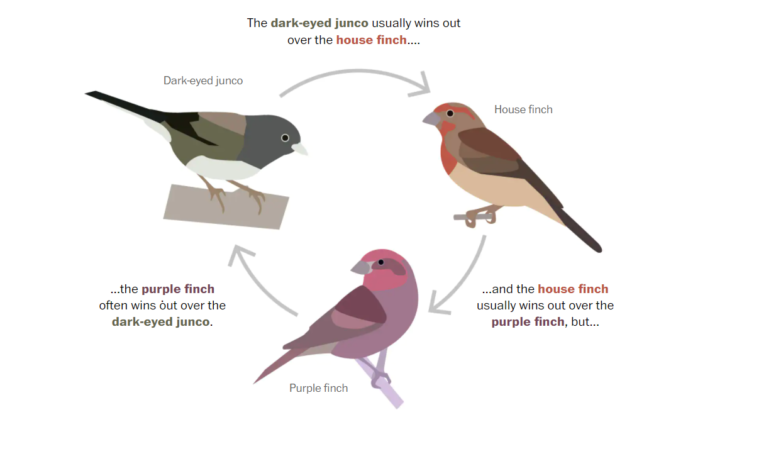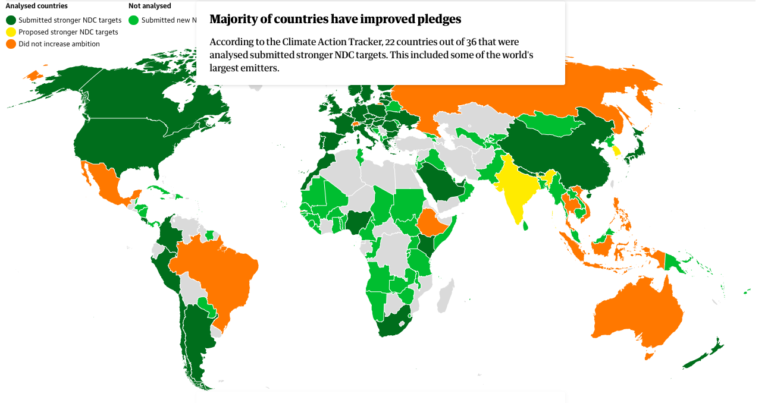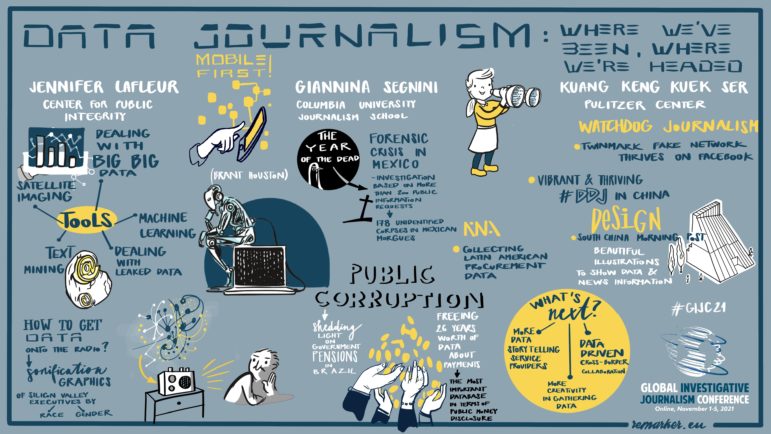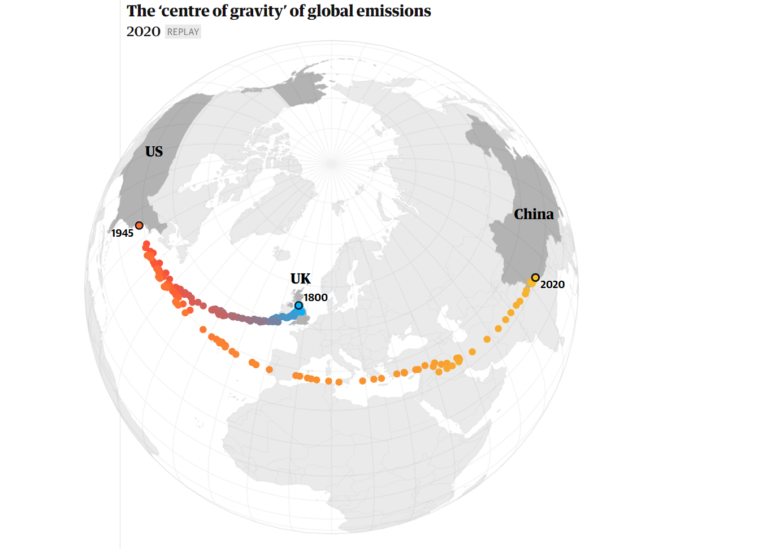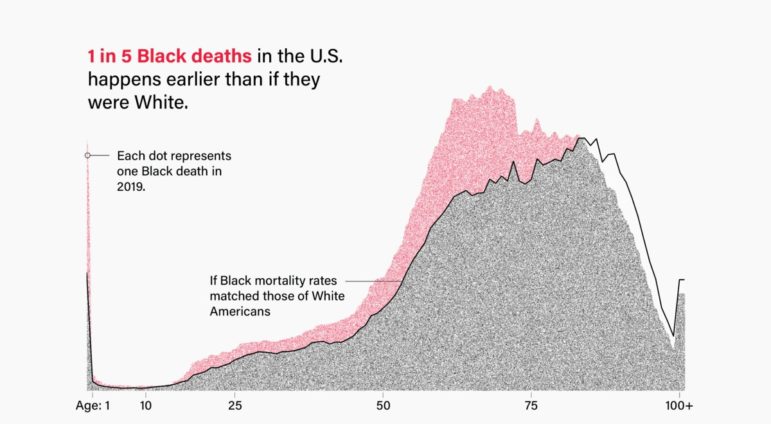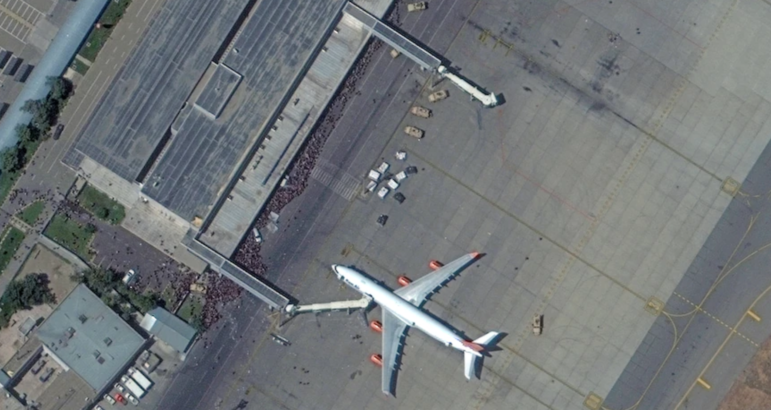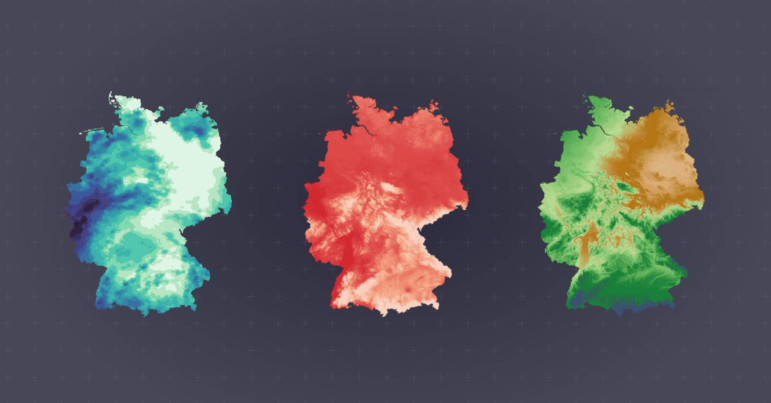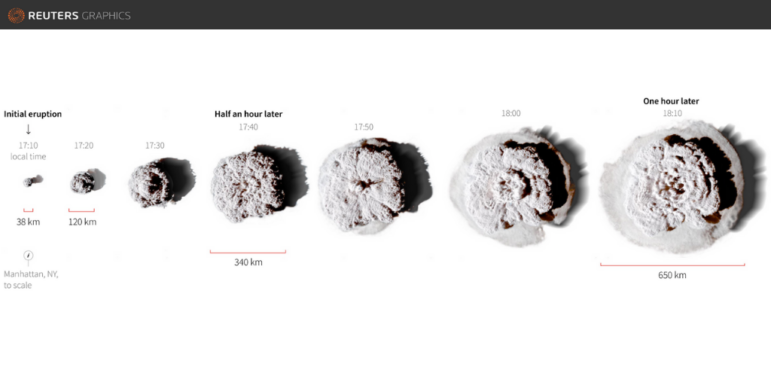
Data Journalism
Data Journalism Top 10: Tonga’s Volcano, US Congress & Slavery, Mapping Ukraine, British Teeth
Many of the lawmakers who made up the historical ranks of the United States Congress had a personal relationship with slavery with more than 1,700 being slaveowners, according to an analysis by The Washington Post. Our weekly NodeXL curation of the most popular data journalism stories on Twitter also features a visualization of the size of the Tonga eruption, an analysis of how Twitter is being used ahead of a high-stakes election in the Philippines, and a critique of some of the maps used to illustrate the situation on the Russia-Ukraine border amid fears of a military incursion.


